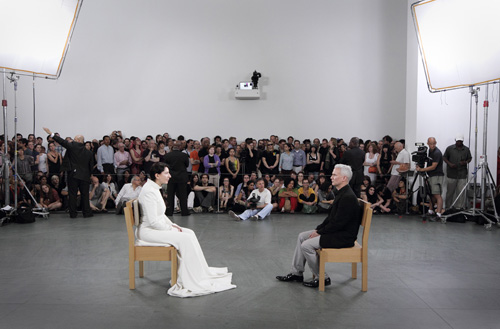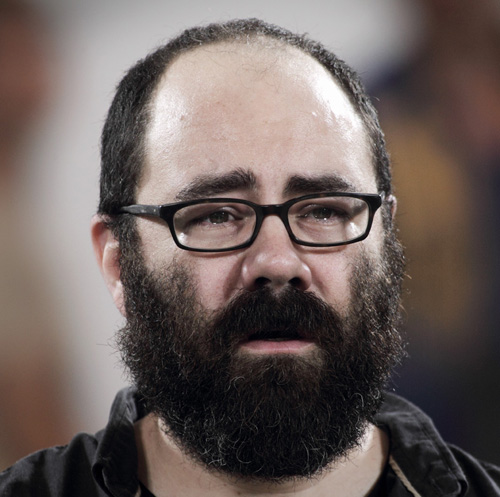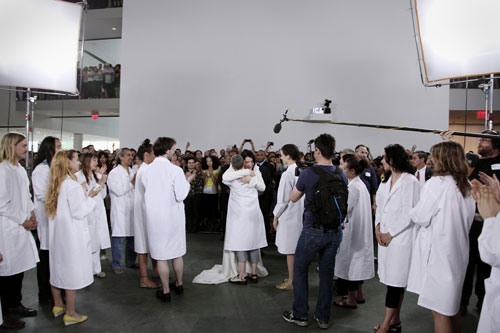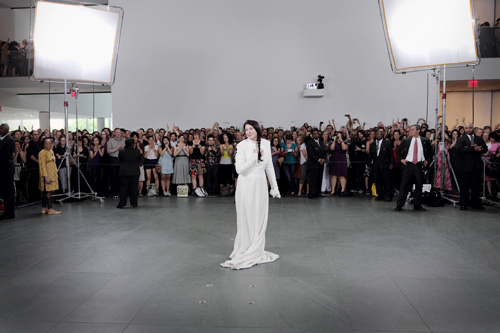It’s taken 40 years, but organizers hope to tell ‘true story’ of Chicano struggle through films and photos.
By
EGP News Report
To commemorate the importance of Chicano activism during the 1960s and 1970s, a special committee formed to mark the 40th anniversary of the Chicano Moratorium will host a reception on June 26 to launch a month-long museum style exhibition of numerous photo collections, films, and memorabilia from the era.
The exhibition will be held at the Mexican Cultural Institute located at Plaza Olvera (Olvera Street) located at 125 Paseo De La Plaza in downtown Los Angeles.
The exhibition will last one month and will showcase special exhibits of art, film, and musical performances each week. An added feature will allow the public to contribute to the event by participating in a commemorative altar for those who died during US wars and military conflicts, as well as surviving veterans.
The Chicano Moratorium against the war in Vietnam drew 30,000 demonstrators on August 29, 1970 in East Los Angeles. (Photos by Oscar Castillo)
“The exhibit brings to life again the grass-roots upsurge of Chicano activism of the times, the vibrancy of a unifying movement, the urgency of the burdens of an unjust and unpopular war, anger at the brutal repression of our efforts, and dedication to continue the struggle for social justice and ‘Chicano Power,’” says Rosalío Muñoz, who was the Chair of the August 29, 1970 National Chicano Moratorium Classic, and one of the architects of the current commemoration. “The recently coming-to-light photos, film, audio, and art works, slide shows and collages of news headline clippings help bring out the parallels with the struggles of today for peace, economic justice and defense of our dignity in the face of defamation,” he says.
Munoz serves as the co-chair of the “40th Anniversary Commemoration Committee of the Chicano Moratoriums,” which has organized the multi-media exhibit.
Items featured at the exhibit will include archival material and memorabilia from the collections of activists like former Brown Beret leader Gloria Arellanes, Cal State Northridge Professor Everto Ruiz, USC Professor Felix Gutierrez, Independent Historian Cindy Aragon, and works by Photo Journalists, Victor Alemán, Oscar Castillo, Luis Garza, George Rodriguez, Archivist and Historian Devra Weber, Cinematographer Jesus Salvador Treviño, collections of the East Los Angeles Library Chicano Resource Center, the California State University Los Angeles Special Collections, UCLA Library Los Angeles Times photo collections, and the UCLA Chicano Resource Center.
The public exhibition is one of several events to take place over the next few months to commemorate the Chicano Moratorium. Many of the events planned (some have already been held) are focused on raising awareness about the Chicano Moratorium and its place in Chicano History, says Muñoz.
“So much of our history has been ignored or distorted, our struggles and achievements stereotyped or made invisible. Our youth, immigrant community, public officials don’t know much of our history. Some see our successes as individual, selling our community short. They don’t know about the struggle and sacrifice that was undertaken by people from their own communities to bring about justice, to end the war in Vietnam where young Chicanos were disproportionately losing their lives, and to give future generations more opportunities to succeed,” says Muñoz.
For more information, contact the “40th Anniversary Commemoration Committee of the Chicano Moratoriums” via email at chicano.moratorium@gmail.com, phone (323) 229-1994, or visit their Web site at
http://chicanomoratorium.org/.
***
Found originally
here.










